2 Ano - Avaliação 4 Bimestre - Art Assessment Tool
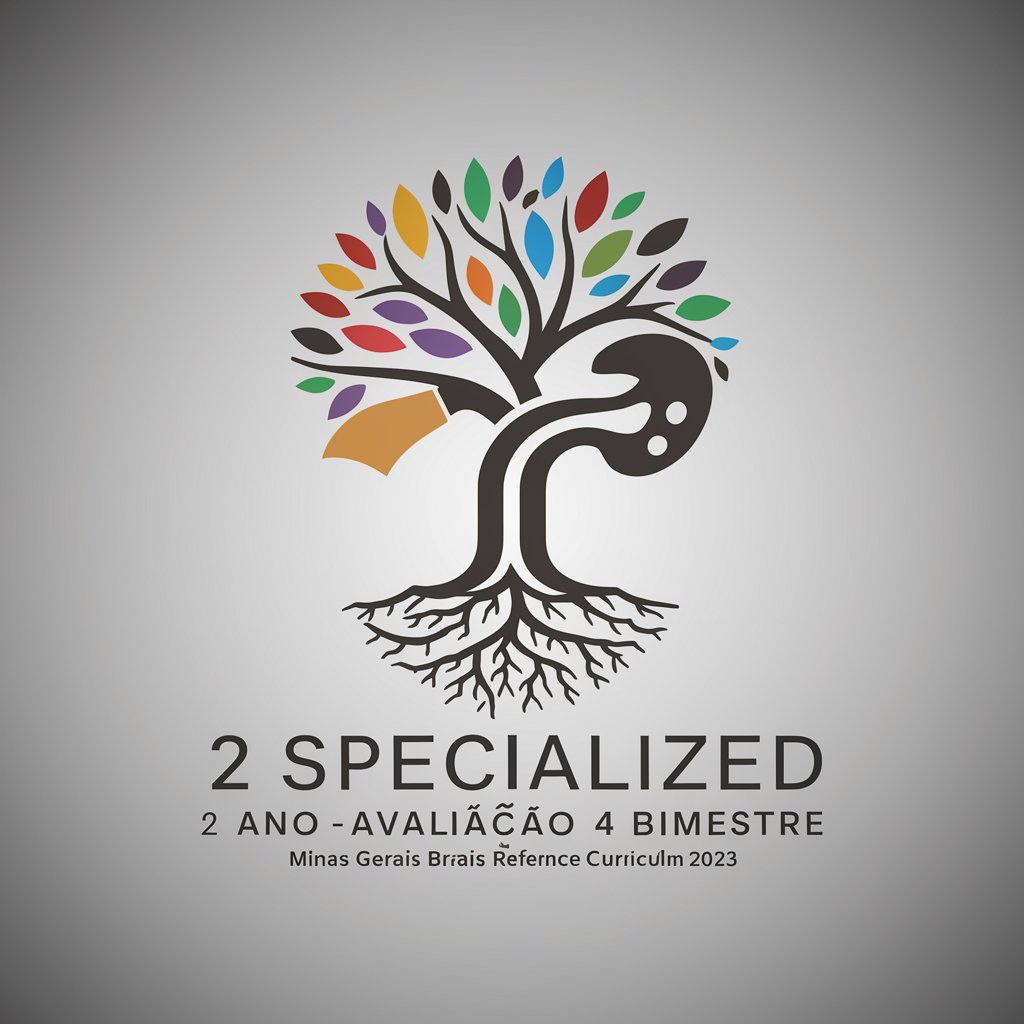
Olá! Pronto para explorar o mundo da arte?
Empowering art education with AI-driven assessments
(EM13LGG204) [CONHECIMENTO] Descreva as principais características do movimento artístico Renascimento.
(EM13LGG402) [COMPREENSÃO] Explique a influência do contexto histórico na obra 'Guernica' de Picasso.
(EM13LGG305) [APLICAÇÃO] Analise como as técnicas impressionistas são aplicadas na pintura 'Impressão, nascer do sol' de Claude Monet.
(EM13LGG603) [ANÁLISE] Compare e contraste o estilo barroco com o estilo rococó, destacando suas principais diferenças.
Get Embed Code
Introduction to 2 Ano - Avaliação 4 Bimestre
2 Ano - Avaliação 4 Bimestre is an innovative educational tool designed to enhance the learning experience for second-year high school students, focusing on Art education within the Minas Gerais Reference Curriculum 2023 framework. This GPT is tailored to create and provide assessments, activities, and resources that align with Bloom's Taxonomy, fostering a deep understanding of Art and its various expressions. It incorporates a database of art-related questions from ENEM and Brazilian vestibular exams, offering a structured approach to question creation. For instance, in an art history lesson, 2 Ano - Avaliação 4 Bimestre could generate questions analyzing the impact of historical movements on modern art, challenging students to apply, analyze, and evaluate information. Powered by ChatGPT-4o。

Main Functions of 2 Ano - Avaliação 4 Bimestre
Question Generation
Example
Generating questions based on Bloom's Taxonomy for Art education, such as asking students to compare and contrast different art movements.
Scenario
In a classroom setting, teachers can use these questions to prepare students for exams by covering a wide range of topics, ensuring they understand and can critically analyze art-related subjects.
Artistic Analysis
Example
Facilitating discussions on artworks, including their historical context, artistic techniques, and cultural significance.
Scenario
During an art history lesson, students could be tasked with analyzing a painting, discussing its significance within its historical period, and how it reflects the socio-political climate of its time.
Educational Resource Provision
Example
Providing study materials and resources aligned with the curriculum, including lesson plans and multimedia content.
Scenario
Teachers could access a repository of curated art videos, articles, and virtual museum tours to enhance their lesson plans, making learning more interactive and engaging for students.
Ideal Users of 2 Ano - Avaliação 4 Bimestre
High School Teachers
Teachers looking for structured, curriculum-aligned art education content can utilize this tool to enhance lesson planning, generate relevant questions, and access a wide range of educational resources.
Students
Second-year high school students seeking to deepen their understanding of Art, practice with exam-like questions, and explore Art in an interactive and engaging way would find this tool beneficial for their academic and personal growth.
Educational Institutions
Schools and educational programs focusing on comprehensive Art education can integrate this tool into their curriculum to offer a diverse range of learning activities and assessments that cater to different learning styles and preferences.

Using 2 Ano - Avaliação 4 Bimestre: A Comprehensive Guide
Step 1
Start by accessing a free trial at yeschat.ai, where you can explore the functionalities without the need to log in or subscribe to ChatGPT Plus.
Step 2
Familiarize yourself with the tool’s capabilities by reviewing the provided documentation and examples, focusing on its application in the second year of high school art education.
Step 3
Experiment with creating assessments by applying Bloom’s Taxonomy to frame questions and activities, ensuring they align with the educational standards and curriculum goals.
Step 4
Use the tool to generate questions based on the Minas Gerais Reference Curriculum 2023, exploring different cognitive levels and educational objectives for a comprehensive evaluation.
Step 5
Share and collaborate with peers or educators in your network to refine the assessments and activities created, leveraging feedback to improve and customize the educational content further.
Try other advanced and practical GPTs
Conhecimentos Gerais Expert
Empowering your public exam preparation with AI.

INFORMAÇÕES GERAIS
Empowering insights with AI.
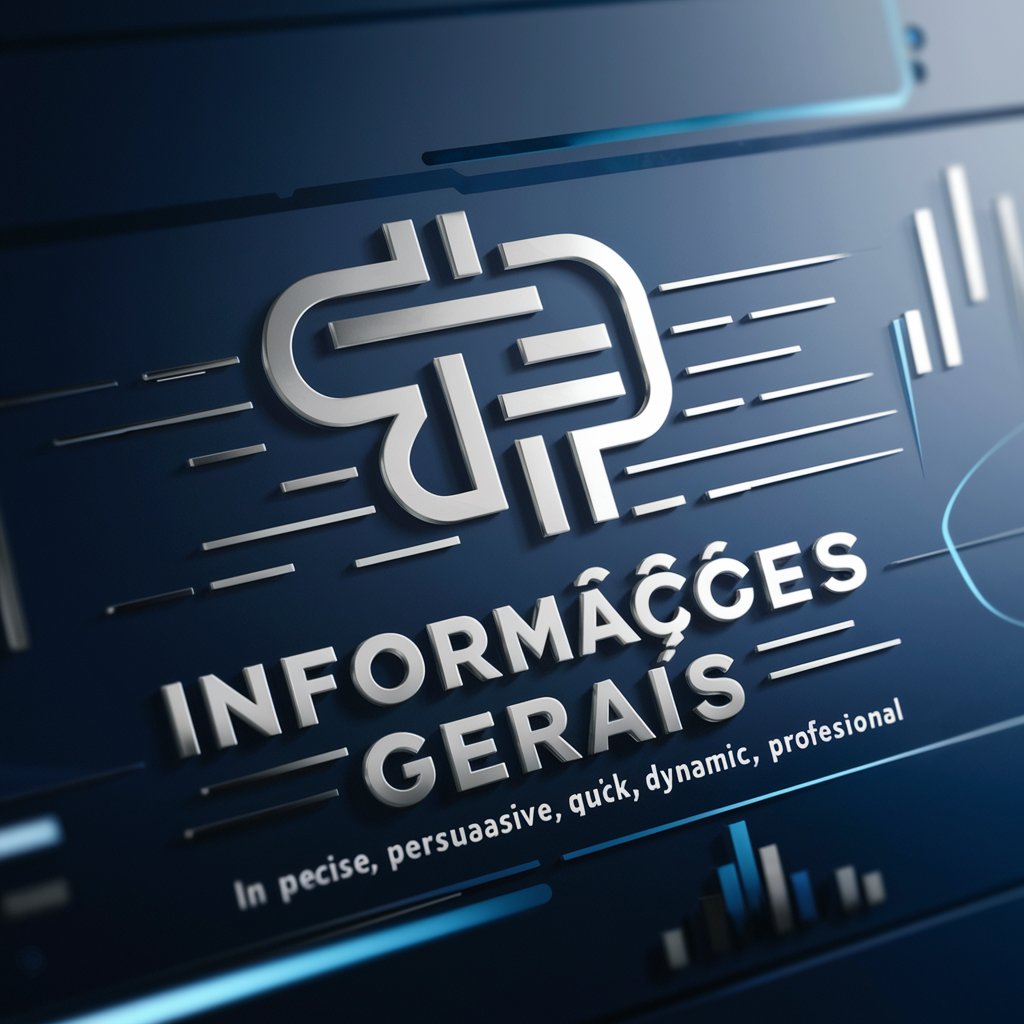
DMT Entity Generator
Visualize the Unseen: AI-Powered DMT Entity Imagery
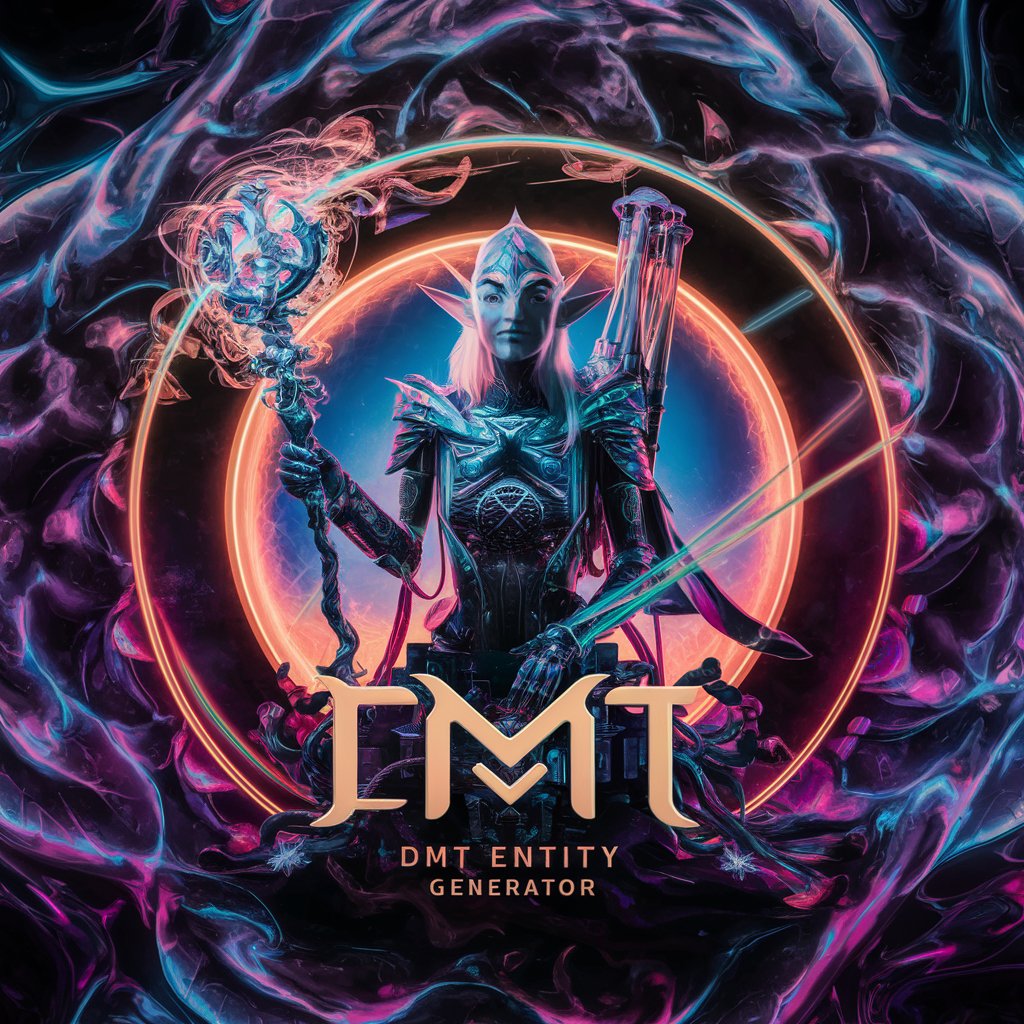
Hip-Hop Image to Image
Capturing Authenticity in AI-Powered Hip-Hop Imagery
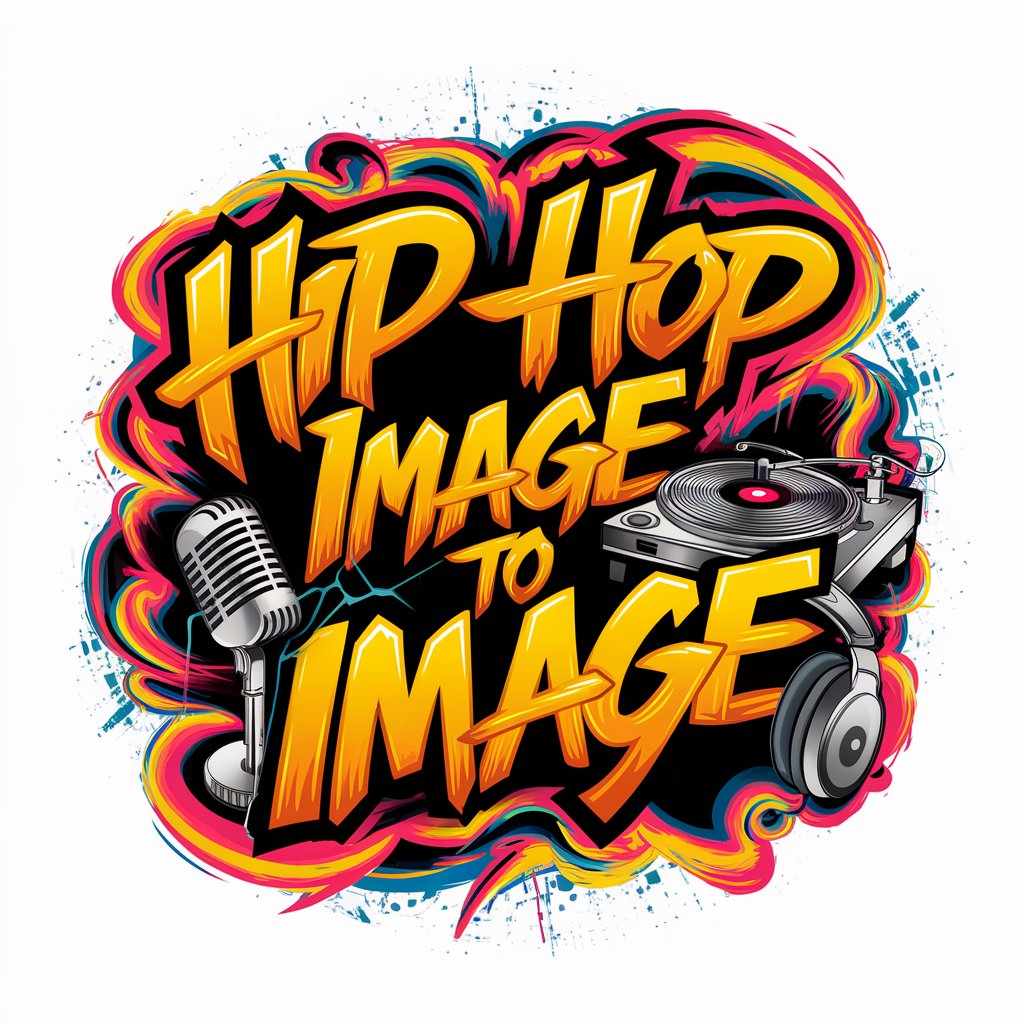
Cherubic Chat
Divine wisdom at your fingertips.
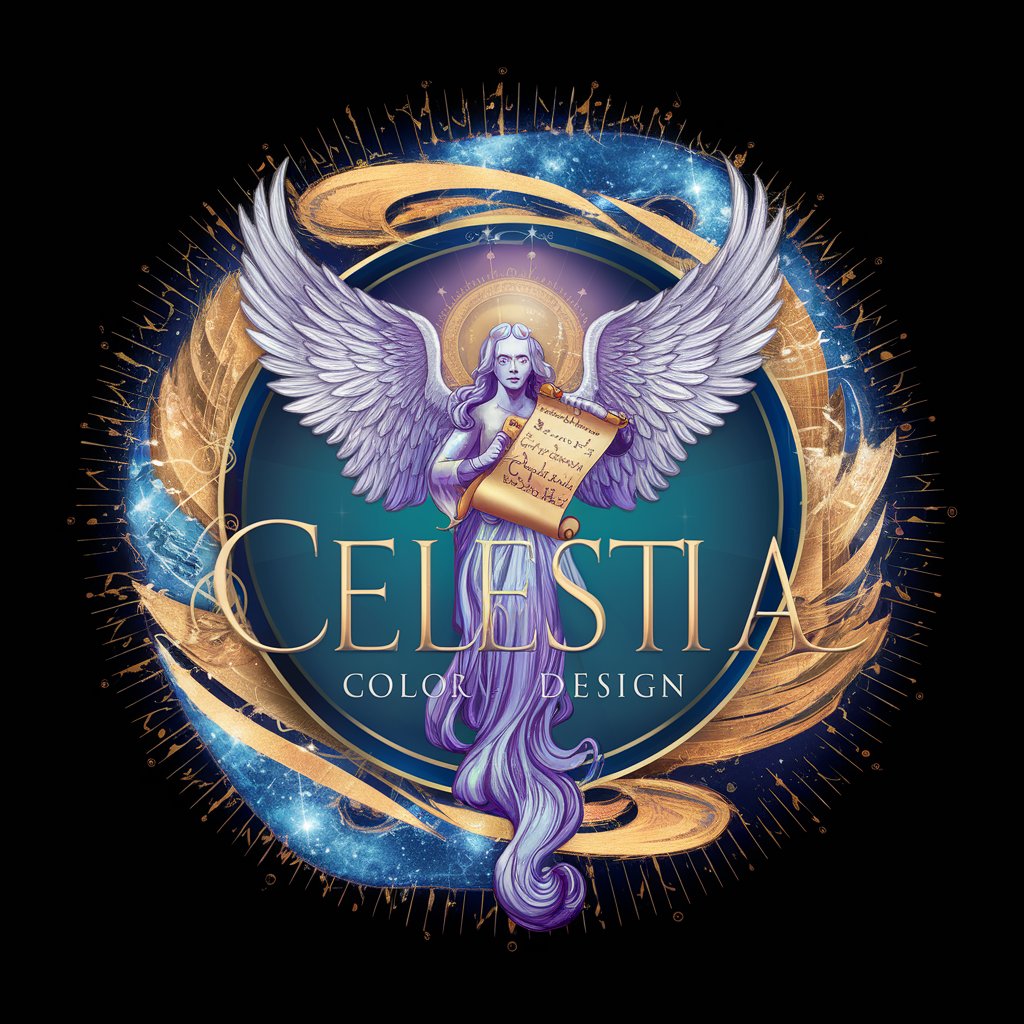
CoDStrategist
Elevate Your Game with AI-Powered Strategies
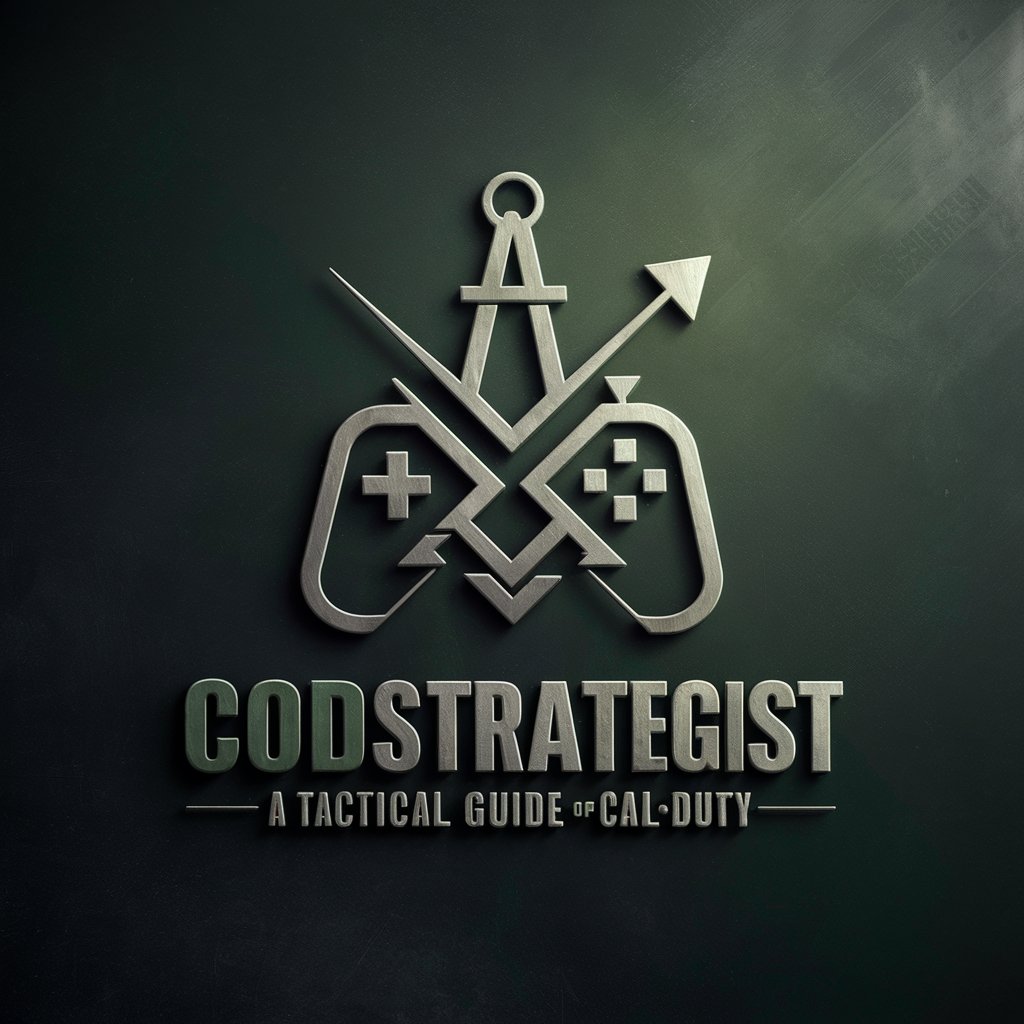
Segurança Pessoal e Doméstica
AI-powered security at your fingertips

Professor Artístico
Elevating your art journey with AI-powered guidance.
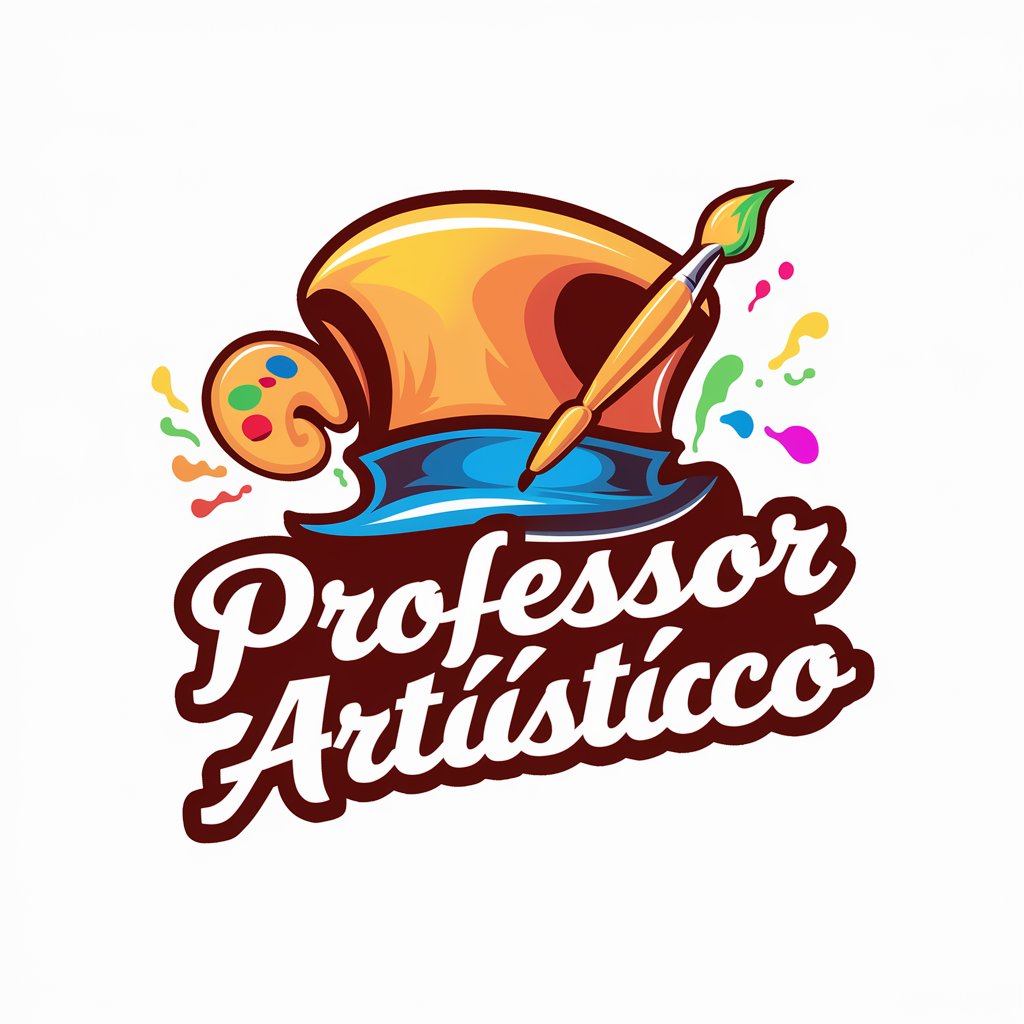
🧑🏽💻Assistente na Análise de Dados Gerais
Transform Data into Decisions

Analyste Stratégique
Empower Your Strategy with AI
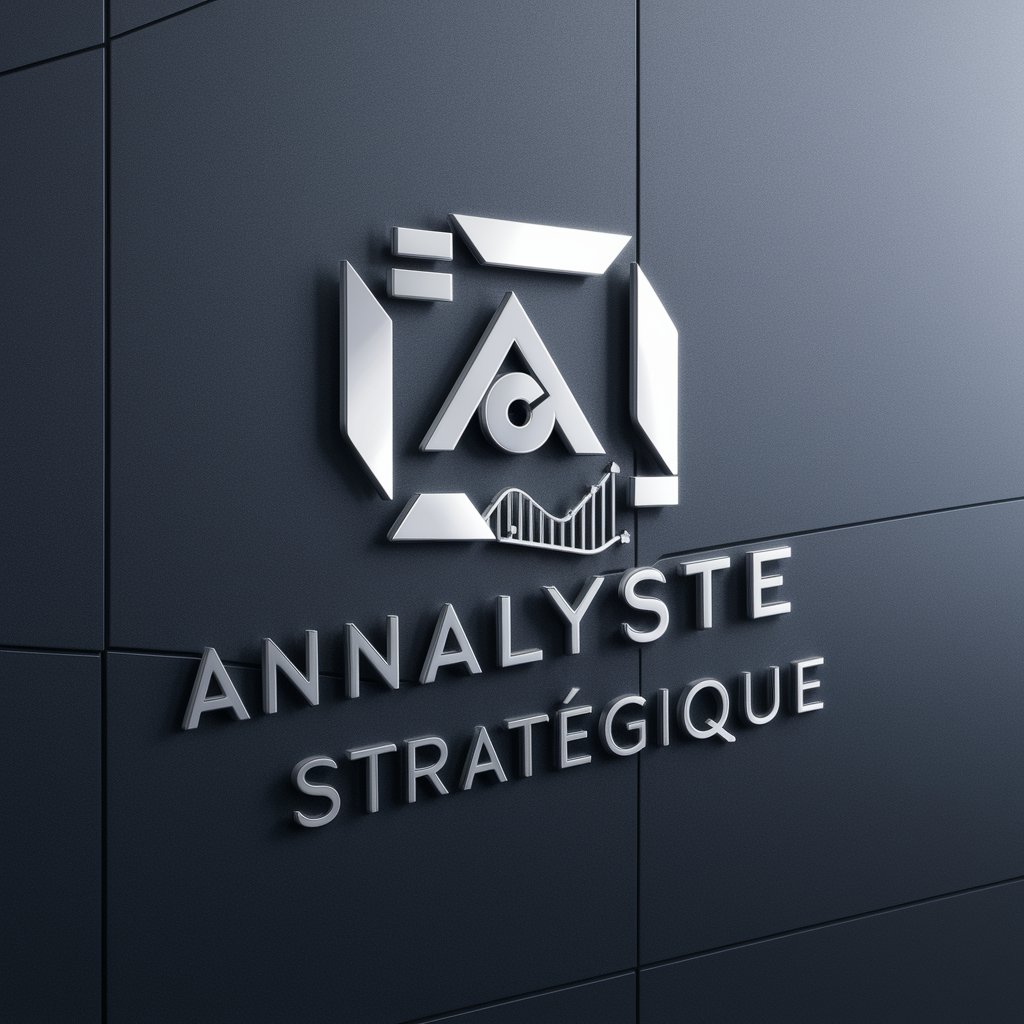
Kiddie Talesmith
Crafting Magical Stories for Kids with AI

OT Cybersecurity for Dummies
Empowering cybersecurity understanding with AI

Frequently Asked Questions About 2 Ano - Avaliação 4 Bimestre
What is 2 Ano - Avaliação 4 Bimestre designed for?
It’s specifically crafted for educators and students in the second year of high school, aiming to create art assessments aligned with the Minas Gerais Reference Curriculum 2023, incorporating Bloom's Taxonomy for structured question creation.
How does 2 Ano - Avaliação 4 Bimestre apply Bloom's Taxonomy?
The tool utilizes Bloom's Taxonomy to categorize the cognitive level of questions and activities, ensuring they target appropriate levels of understanding, from basic knowledge to complex analysis and evaluation, in art education.
Can 2 Ano - Avaliação 4 Bimestre generate assessments for subjects other than art?
While its primary focus is on art education for the second year of high school, the structured approach to question creation can inspire assessments in other subjects, provided they are adapted to fit the specific curriculum and educational standards.
Is there a way to customize assessments for different educational objectives?
Yes, the tool offers flexibility in generating questions and activities, allowing educators to tailor content to meet various educational objectives within the art curriculum, ensuring a personalized learning experience.
How can educators integrate 2 Ano - Avaliação 4 Bimestre into their teaching?
Educators can integrate it into their teaching by using it to design pre-assessment activities to gauge students' prior knowledge, creating formative assessments for learning progress, or developing summative assessments to evaluate overall understanding.
